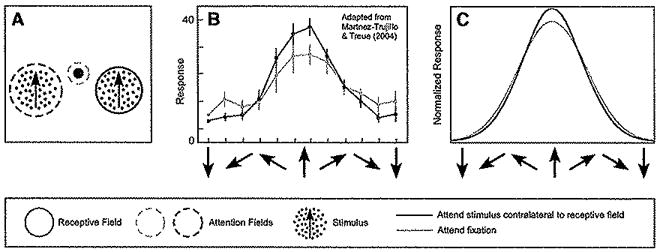Figure 6. Feature-Based Attention Can Cause a Sharpening of Tuning Curves.

(A) Stimulus and task. A pair of stimuli were presented simultaneously while recording responses of a neuron in visual cortical area MT. One stimulus was in the receptive field of the recorded neuron and the other was in the opposite hemifield. The directions of the two stimuli were yoked. The monkey was cued to attend either to the fixation point (dashed blue circle), or to the stimulus in the opposite hemifield (dashed red circle) to detect a change in speed or direction. That is, spatial attention was always directed away from the receptive field, but feature-based attention was matched to the stimulus in the receptive field on half the trials.
(B) Feature-based attention caused a sharpening of motion direction tuning (adapted from Martinez-Trujillo and Treue, 2004). Blue, responses when attention was directed to the fixation point. Red, responses when attention was directed to the stimulus in the opposite hemifield.
(C) Model simulations yielded similar results. Blue, responses of a model neuron when the attention field was flat (equal) for all motion directions, and spatial attention was directed away from the model neuron’s receptive field. Red, responses when attention was again directed away from the simulated neuron’s receptive field but to the same direction of motion as the stimulus in the receptive field. See Table 1 for simulation parameters.
